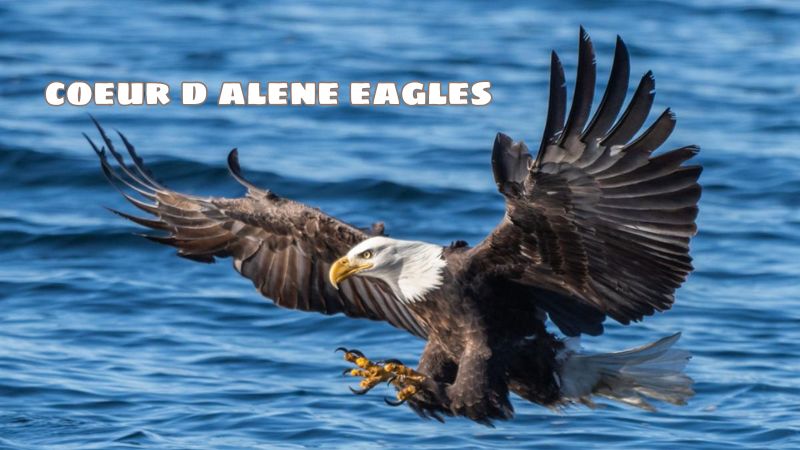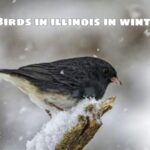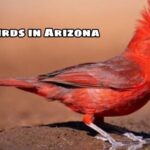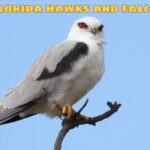This has been a great year for coeur d alene eagles lovers as these magnificent birds have been here since early November thanks to abundant kokanee and mild weather. Lake Coeur d’Alene has a winter tradition that kicks off the Holiday Season. Bald eagles invade the lake to feed on spawning kokanee salmon. Check out coeur d alene eagles with birdsofjoy.com.
Learn about coeur d alene eagles
Bald eagles come to Lake Coeur d’Alene from the frozen lakes and rivers to the north in the winter. The eagles came out just to feed on half a million kokanee salmon. This makes for a spectacular show for people and their cameras. Take a boat tour of the CDA Resort and get in the middle of the bustling scene of animals. Or just drive to Wolf Lodge Bay on the northeast side of Lake Coeur d’Alene. Park your car, take out your camera, and snap some great photos. As you arrive by boat or car, you’ll notice all the pine trees are covered with what look like golf balls. Then you realize these are the bright white heads of adult bald eagles.
All Day Hunting Program
The show goes on all day, every day. With giant bald eagles with 6 foot wingspans swooping down from the sky and diving into the water to catch another kokanee salmon. Quickly soaring into the sky to perches high in the trees. And the eagle feast begins. If you’re lucky, you might see a flock of eagles feasting on a floating deer carcass. Yes, bald eagles are carnivores and baby deer that drown trying to swim across the lake become a meal. This is a great opportunity to take great photos of the event because the deer carcass floats. So the eagles perch on the animal like it’s a floating restaurant. Tear off pieces of meat until the carcass sinks to the bottom of the lake.
Memorable Experiences in Coeur d’Alene
Bald Eagles in the Trees of Coeur d’Alene are an incredible sight. Before moving to Coeur d’Alene, I had never seen bald eagles. I thought they were an endangered bird only found in zoos. This is not true when you come to our beautiful lake in the winter. You will see hundreds of bald eagles in just a few hours. A great day out if you get the chance.
COEUR d’ALENE — On November 8, the Bureau of Land Management recorded two adult bald eagles in its first count of the season. On November 16, the count increased to 28 adults and one juvenile. By Wednesday, the count had jumped to 110, including 91 adults and 19 juveniles. More are expected as photographers flock to Higgens Point to capture these majestic birds.
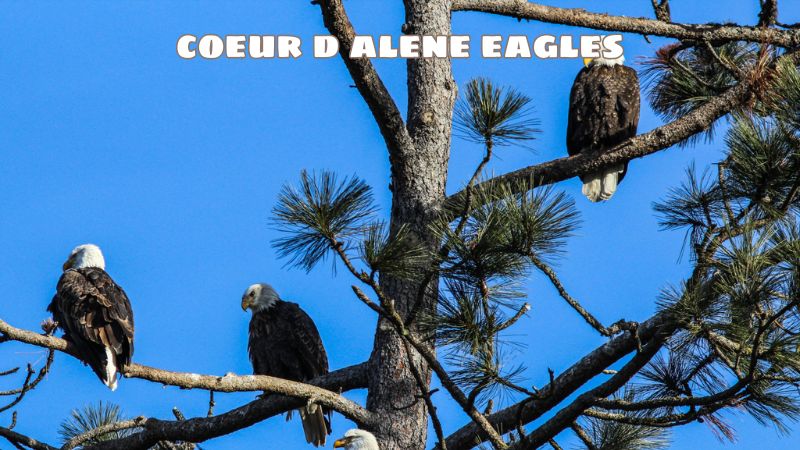
Every winter from November to February, migrating bald eagles visit the Lake Coeur d’Alene area to feed on spawning kokanee salmon. The eagles come from as far away as Canada and even Alaska. They often put on spectacular displays as they dive down to catch fish from the surface of Lake Coeur d’Alene. The eagle population typically peaks in late November to early December.
The BLM began counting bald eagles around Wolf Lodge Bay in 1974. They reported a peak of 383 eagles on December 20, 2017. On November 29, 2018, the population reached 343, while on December 2, 2019, the population reached a total of 259 eagles.
Ideal Conditions For Photography
With the current cool temperatures and the forecast of sunny, blue skies through Sunday, conditions are ideal for photography and there may be more photographers than birds. The BLM offers some tips for eagle viewing:
Recommended viewing areas: Higgens Point, Mineral Ridge Marina, Mineral Ridge Trail.
To avoid disturbing the birds, use binoculars or a spotting scope so you can see details without having to be close. Vehicles are less likely to disturb eagles than pedestrians, so parking safely off the road and watching with binoculars is a good method. Watch the bird’s body language. If you are too close, it will appear uncomfortable.
Foraging activity begins upon arrival at the lake and continues throughout the early morning. Feeding slows down midday, then resumes in the late afternoon before flying back to the roost.

